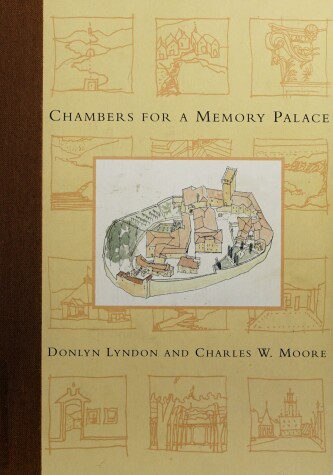The MIT Press
3 total works
Chambers for a Memory Palace
by Donlyn Lyndon, Charles W. Moore, and Lyndon Donlyn
In the chapter "Axes that Reach/Paths that Wander," Lyndon and Moore discuss the Cranbrook Academy of Art in Detroit, the Taj Mahal in Agra, Vaux le Vicomte in France, the Beverly Hills Civic Center, and the Kimbell Museum in Forth Worth. In "Orchards that Measure/Pilasters that Temper," they consider the rhythmic spacing of elements in the Mosque at Cordoba, the Cathedral at Bourges, the thousand pillared mandapas of South Indian temples, the facades of Schauspielhaus in Berlin, and the Seagram building in New York City. They use these and many other to illustrate the ways in which architecture, experience, and memory intertwine to help us experience events and places.
Previously uncollected essays of an architect whose love of people, buildings, and nature was reflected in the places he built.
Architect Charles Moore (1925-1993) was not only celebrated for his designs; he was also an admired writer and teacher. Though he wrote clearly and passionately about places, he was perhaps unique in avoiding the tone and stance of the personal manifesto. Through his buildings, books, and travels, Moore consistently sought insights into the questions that always underlie architecture and design: What does it mean to make a place, and how do we inhabit those places? How do we continue to build upon but respect the landscape? How do we reconcile democracy and private land ownership? What is original? What is taste? What is the relationship between past and present? How do we involve inhabitants in making places? Finally, what is public life? As the world becomes smaller, and the uniqueness of places and landscapes gives way to sameness, Moore's celebration of the vernacular and of the surprising are more relevant than ever.The pieces in this book span the years 1952 to 1993 and engage a myriad of topics and movements, such as contextualism, community participation, collaboration, environmentally sensitive design, and historic preservation. The essays in this book reflect as well Moore's scholarship, humanism, urbanity, and great wit.


